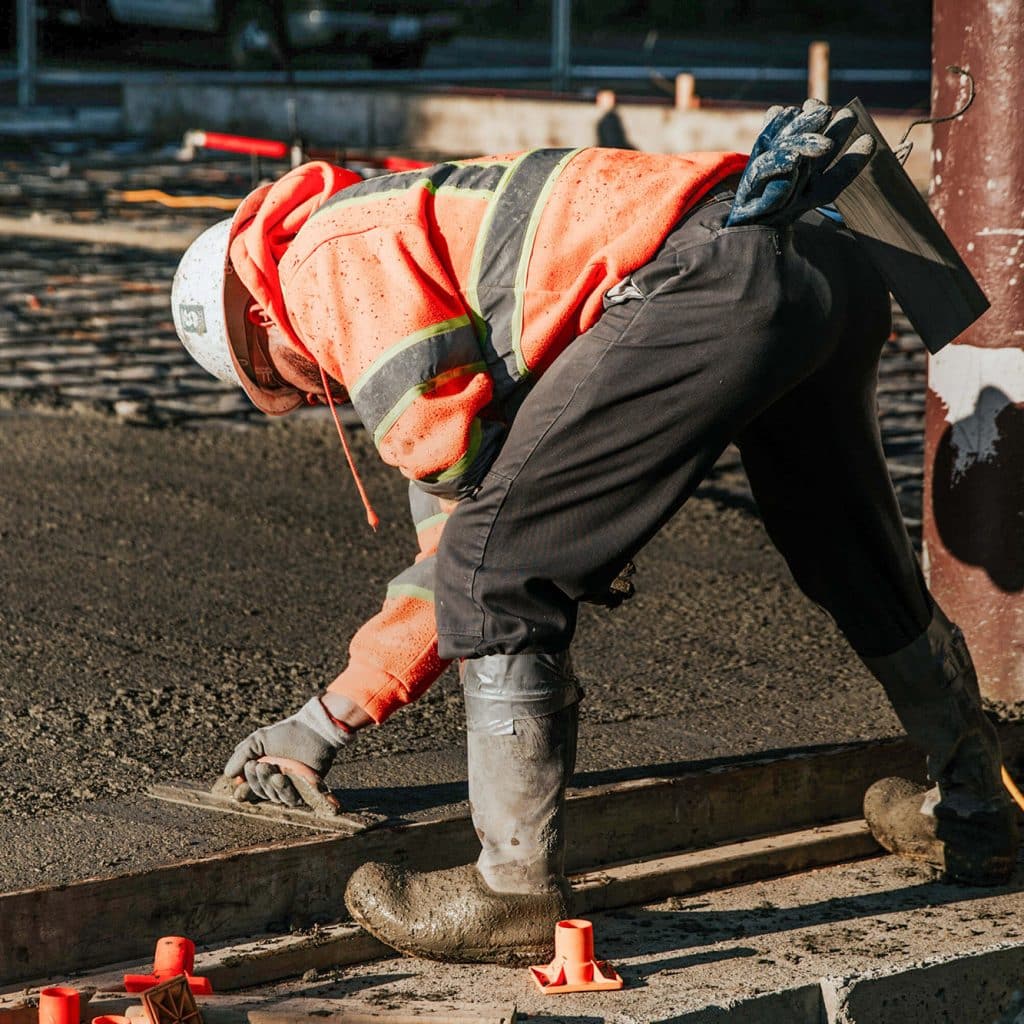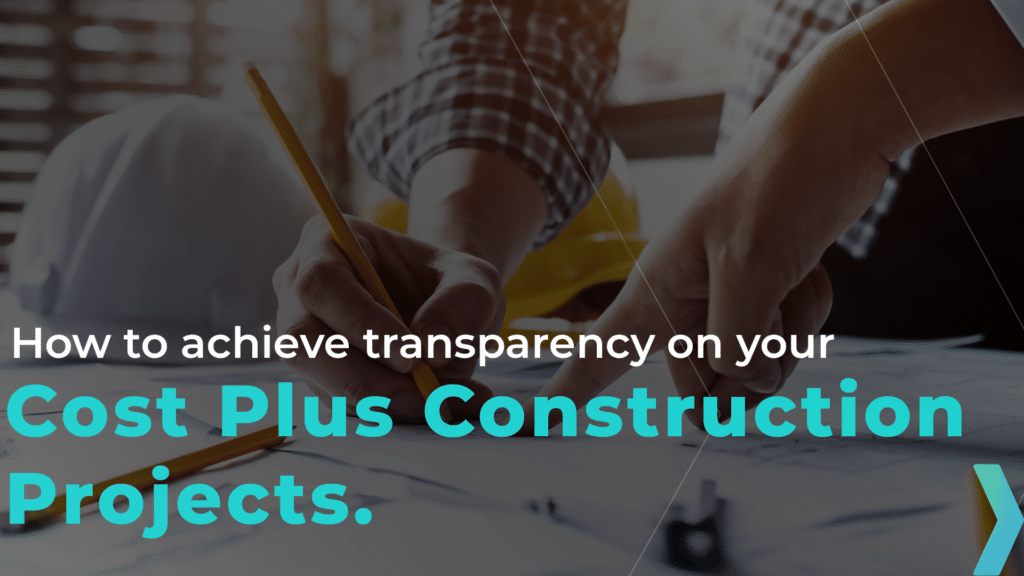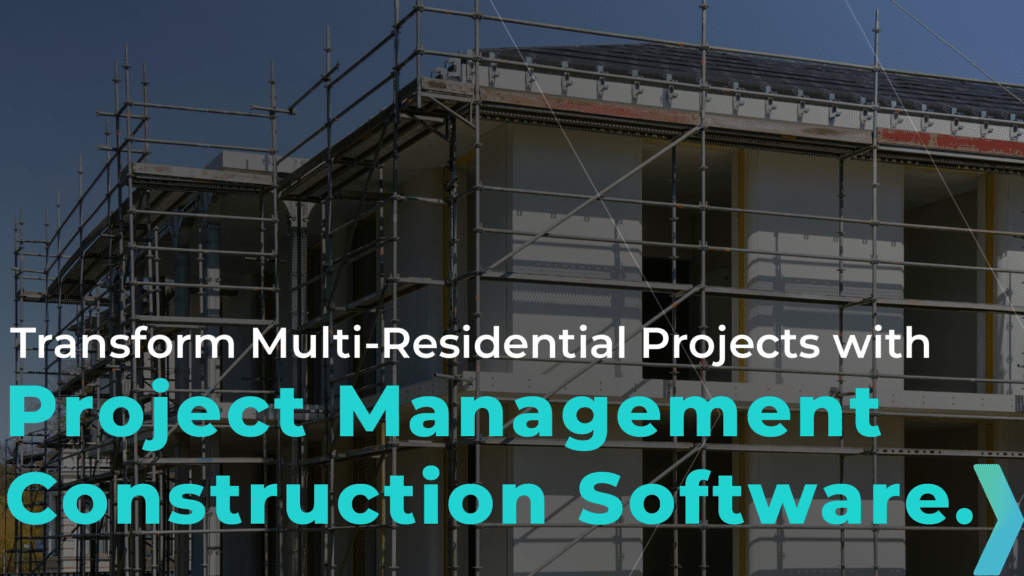Guide to Purchase Orders in Construction: Benefits, What to Include, When to Use
What is a purchase order?
If you work in construction, you’ll most likely know the term ‘purchase order’ – or even deal with them on a daily basis. To put it simply, a construction purchase order (PO), is a document that outlines an order for materials, equipment or services. A PO is sent between two parties, such as a general contractor and a speciality contractor, to outline the cost of deliverables required. Purchase orders play a key role in finalising an overall project contract and ensuring a project stays within budget.
What is included in a purchase order?
Purchase orders should be clear, concise documents that include all key information the recipient will need to approve the order. Below are the main pieces of information you’ll want to include in each purchase order:
1. Deliverables and quantity
Provide an itemised list of all the deliverables required for the job, in addition to the quantity. Here you need to explicitly explain what the buyer will receive.
2. Price & discounts
Both parties will agree upon a cost per item, adding in any discounts that are discussed.
3. Payment terms
Including payment terms ensures there is no confusion when it comes to the completion of a project. Payment terms will often include a net payment term, where the buyer can set a time period in which they must be paid after an invoice is submitted e.g. 30 days.
4. Due date
Here you can outline key milestone dates for the deliverables on the project, so the project timeline is clear for both parties.
5. Delivery
Be sure to outline the method of delivery and expected date for any deliveries such as new equipment.
6. Order reference number
It can be very easy to start losing track of purchase orders, especially for larger projects. Including an order reference number will be crucial to keeping track of your documents.
Making sure you have all this key information in your purchase order is not only going to make everything clearer for the recipient, but speed up the approval process as they won’t have to return the document with requests for further information.
Why are purchase orders important?
Purchase orders essentially create a clear paper trail that offers protection for both parties in the event that complications arise – for example, an incorrect piece of equipment is delivered. While some contractors might think it unnecessary to create a purchase order for smaller items, it can only take one misunderstanding for a project or relationship to become strained. As POs clearly identify an overview of the expectations of each party, they serve as a risk-management document for a project.
They also play a crucial role in budgeting. Without purchase orders, it’s extremely difficult to forecast and remain on top of budget control – it becomes a guessing game. With purchase orders, you’ll be able to forecast correctly to ensure your project finishes with a profit, not a loss. They’re also key to ensuring projects stay on track, with materials and equipment being delivered on time, or payments being made in accordance with the payment terms.
As POs are so crucial on any construction project, it’s key to have a system that easily manages and tracks which documents have been approved or denied. If you aren’t able to easily access this information, it may cause project delays while it’s recovered. If complications do arise, it can also be detrimental to not be able to locate the relevant purchase order at all.
Construction management software such as Nexvia, allows you to organise and manage purchase orders, record approvals, track deliveries and payments – all in one place.
What’s the difference between a purchase order and a contract?
While approved POs and contracts are both legally binding documents, they’re often used in different situations. Purchase orders are used as more simplified contracts, often for a smaller spend and straight forward deliverables. Contracts on the other hand, depending on the business, may be created for high value orders or depending on the type of work e.g. supplier vs subcontractor. They often include more detailed information to reflect the larger scope of work.
What’s the difference between a purchase order and an invoice?
A purchase order is created before a project to outline the cost of a contract, whereas an invoice is often created after the project to receive the agreed upon payment.
In summary
Purchase orders are both common and crucial in the construction industry. Ensuring you have the correct information in your POs is important for both parties to understand what is being delivered, when and for how much.
However, it’s no good creating or receiving purchase orders if you aren’t able to easily manage them. With the right software, you’ll be able to save time and make sure nothing is falling through the cracks.


